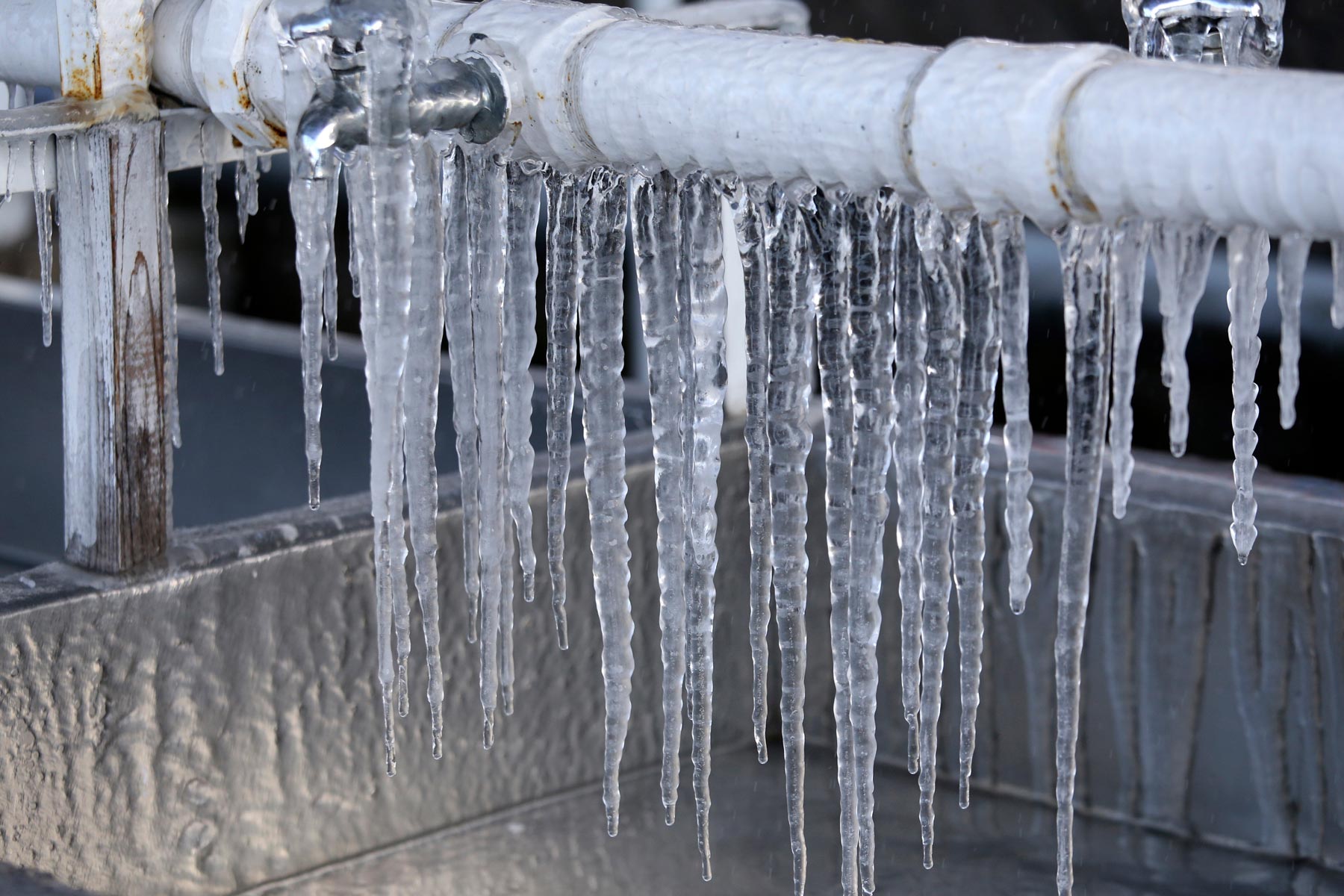Essential Tips to Avoid Frozen Pipes in Winter: Specialist Guidance
Essential Tips to Avoid Frozen Pipes in Winter: Specialist Guidance
Blog Article
The article down below relating to How to Prevent Your Pipes From Freezing is totally captivating. Try it and draw your own results.
:strip_icc()/snow-outdoor-faucet-pipes-4af65d1e5e904fb1aa7bf74071fe5d89.jpg)
Winter can ruin your plumbing, specifically by freezing pipelines. Here's exactly how to prevent it from taking place and what to do if it does.
Intro
As temperatures decline, the danger of icy pipes increases, possibly causing costly fixings and water damage. Recognizing exactly how to prevent frozen pipelines is essential for house owners in cold climates.
Prevention Tips
Insulating at risk pipes
Cover pipes in insulation sleeves or make use of warmth tape to safeguard them from freezing temperatures. Focus on pipes in unheated or exterior areas of the home.
Heating methods
Maintain indoor areas appropriately heated up, particularly locations with plumbing. Open closet doors to allow warm air to circulate around pipes under sinks.
Exactly how to determine icy pipelines
Search for decreased water flow from taps, unusual odors or noises from pipes, and noticeable frost on subjected pipes.
Long-Term Solutions
Architectural adjustments
Think about rerouting pipes away from outside wall surfaces or unheated locations. Add extra insulation to attics, basements, and crawl spaces.
Upgrading insulation
Purchase premium insulation for pipelines, attics, and wall surfaces. Correct insulation helps preserve constant temperatures and lowers the risk of icy pipelines.
Shielding Outside Plumbing
Garden hose pipes and outside faucets
Separate and drain pipes garden hoses before wintertime. Install frost-proof spigots or cover exterior faucets with protected caps.
Comprehending Frozen Pipes
What creates pipes to ice up?
Pipelines ice up when exposed to temperature levels below 32 ° F (0 ° C) for prolonged durations. As water inside the pipes ices up, it broadens, taxing the pipe walls and potentially causing them to break.
Risks and problems
Icy pipelines can result in water interruptions, property damage, and pricey repairs. Burst pipes can flood homes and create extensive structural damage.
Indicators of Frozen Pipes
Determining frozen pipes early can prevent them from breaking.
What to Do If Your Pipes Freeze
Immediate activities to take
If you presume frozen pipelines, keep faucets open to ease pressure as the ice thaws. Make use of a hairdryer or towels soaked in hot water to thaw pipes slowly.
Verdict
Stopping icy pipes requires aggressive measures and quick feedbacks. By understanding the reasons, indicators, and safety nets, home owners can shield their plumbing during winter.
5 Ways to Prevent Frozen Pipes
Drain Outdoor Faucets and Disconnect Hoses
First, close the shut-off valve that controls the flow of water in the pipe to your outdoor faucet. Then, head outside to disconnect and drain your hose and open the outdoor faucet to allow the water to completely drain out of the line. Turn off the faucet when done. Finally, head back to the shut-off valve and drain the remaining water inside the pipe into a bucket or container. Additionally, if you have a home irrigation system, you should consider hiring an expert to clear the system of water each year.
Insulate Pipes
One of the best and most cost-effective methods for preventing frozen water pipes is to wrap your pipes with insulation. This is especially important for areas in your home that aren’t exposed to heat, such as an attic. We suggest using foam sleeves, which can typically be found at your local hardware store.
Keep Heat Running at 65
Your pipes are located inside your walls, and the temperature there is much colder than the rest of the house. To prevent your pipes from freezing, The Insurance Information Institute suggests that you keep your home heated to at least 65 degrees, even when traveling. You may want to invest in smart devices that can keep an eye on the temperature in your home while you’re away.
Leave Water Dripping
Moving water — even a small trickle — can prevent ice from forming inside your pipes. When freezing temps are imminent, start a drip of water from all faucets that serve exposed pipes. Leaving a few faucets running will also help relieve pressure inside the pipes and help prevent a rupture if the water inside freezes.
Open Cupboard Doors
Warm your kitchen and bathroom pipes by opening cupboards and vanities. You should also leave your interior doors ajar to help warm air circulate evenly throughout your home.

I came across that page about Winter Plumbing Precautions: Preventing Frozen Pipes when scouting around the search engines. Do you know somebody else who is involved in the niche? Please feel free to share it. I praise you for your time. Don't hesitate to check our website back soon.
Start Now Report this page